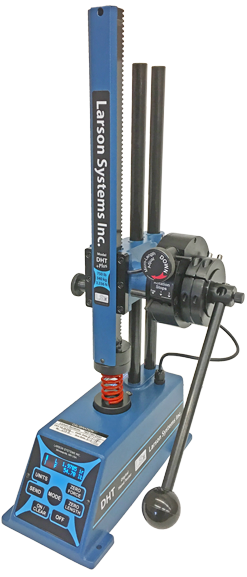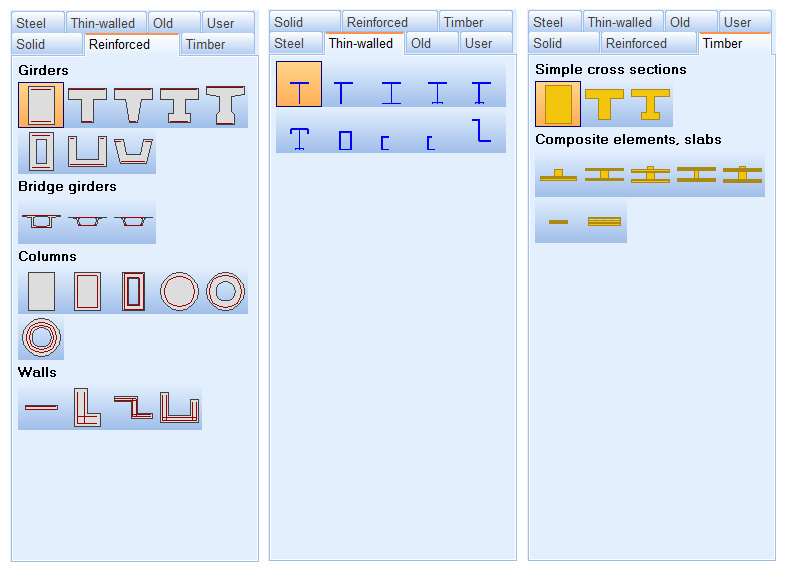


The model may then be rotated in 3D and viewed from any viewpoint. FeaturesĬoot can be used to read files containing 3D atomic coordinate models of macromolecular structures in a number of formats, including pdb, mmcif, and Shelx files. Other contributors include Kevin Cowtan, Bernhard Lohkamp and Stuart McNicholas (University of York) and William Scott and Eugene Krissinel. The primary author is Paul Emsley (University of Oxford). Additional support is available through the Coot wiki.
Coot software torsion general for mac os x#
Pre-compiled binaries are available for Linux and Windows from York, and for Mac OS X through Fink. It is available from the Coot web site at the University of York. Recent developments have enhanced the usability of the software for expert users, with customisable key bindings, extensions, and an extensive scripting interface.Ĭoot is free software, distributed under the GNU GPL.

The software is designed to be easy-to-learn for novice users, achieved by ensuring that tools for common tasks are 'discoverable' through familiar user interface elements (menus and toolbars), or by intuitive behaviour (mouse controls). 5 Impact in the crystallographic computing communityĬoot displays electron density maps and atomic models and allows model manipulations such as idealization, real space refinement, manual rotation/translation, rigid-body fitting, ligand search, solvation, mutations, rotamers, and Ramachandran idealization.


 0 kommentar(er)
0 kommentar(er)
